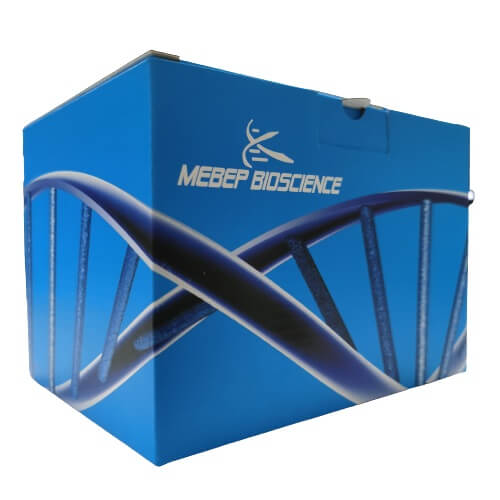
EASYspin RNA Plant Mini Kit
2024-12-27
RNAclean RNA Purification Kit
2024-12-27Product Number: RNK1001
Shipping and Storage
- All solutions should be clear. If the ambient temperature is low, the solution may form precipitates and should not be used directly. It can be heated in a 37℃ water bath for a few minutes to restore clarity.
- Inappropriate storage at low temperatures (4℃ or -20℃) can cause solution precipitation, affecting the effectiveness of use. Therefore, transportation and storage are carried out at room temperature (15℃ -25℃).
- To avoid reducing activity and facilitate transportation, Lyticase (2500U) is provided as a freeze-dried powder. After receiving it, it can be briefly centrifuged and dissolved in 0.25ml of sterilized water to prepare 10U/μl. Because repeated freeze-thaw cycles may reduce enzyme activity, immediately after dissolution, pack and freeze according to the amount used each time, and store at -20℃.
- To avoid volatilization, oxidation, and pH changes caused by prolonged exposure of reagents to the air, each solution should be covered tightly in a timely manner after use.
Components
| Component | Storage | RNK1001 50preps |
| Buffer SE | RT | 30 ml |
| Lyticase 10U/μl | -20℃ | 2500U |
| Buffer RLT | RT | 20 ml |
| Buffer RW1 | RT | 40 ml |
| Buffer RW | RT | 10 ml |
| RNase-free H2O | RT | 10 ml |
| RNase free adsorption column RA and collection tube | RT | 50 |
Description
Yeast cells undergo Lyticase treatment to remove cell walls, resulting in unique Buffer RLT/ β-Mercaptoethanol rapidly cleaves cells and inactivates cell RNA enzymes. After adjusting the binding conditions with ethanol, RNA selectively adsorbs onto the silica matrix membrane in a centrifuge column. Through a series of rapid rinsing centrifugation steps, Buffer RW1 and Buffer RW remove impurities such as cell metabolites and proteins. Finally, low salt RNase free H2O washes pure RNA off the silica matrix membrane.
Features
- The silicon matrix membrane inside the centrifugal adsorption column is entirely made of specially designed adsorption membranes from world-renowned imported companies, with minimal differences in adsorption capacity between columns and good repeatability. Overcoming the drawback of unstable membrane quality in domestic reagent kits.
- No toxic reagents such as phenol and chloroform are needed, and no steps such as ethanol precipitation are required.
- Fast and simple, the operation of a single sample can generally be completed within 20 minutes.
- Multiple column washes ensure high purity, with a typical OD260/OD280 ratio of 1.9~2.0 and minimal DNA residue, which can be used for RT-PCR, Northern blot, and various experiments.



